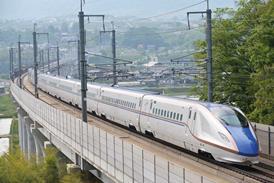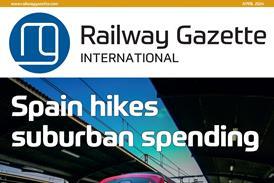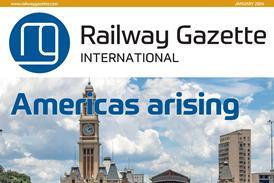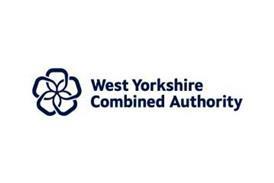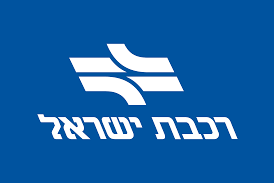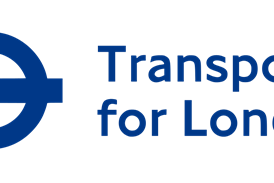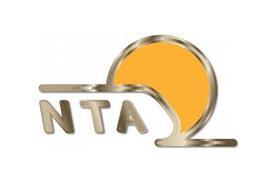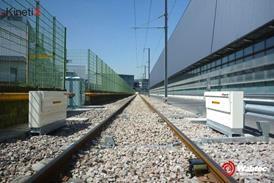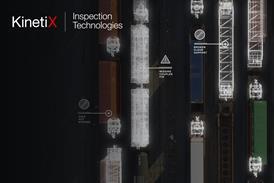Many of Africa’s railways are looking at concessioning or some form of restructuring to reverse a disastrous decline in traffic, caused all too often by neglect and deferred maintenance. Our southern Africa correspondent Luke Ripley offers this series of first hand reports
Shippers confident of Trans Africa service
OPEN ACCESS freight services between South Africa and Uganda were launched by Trans Africa Railway Corp last December (map RG 2.99 p66). Registered in Tanzania, TARC’s shares are held 48% by the South Africa Infrastructure Fund; 32% by Africa East Coast Investments (a group of private entrepreneurs registered in Mauritius); and 20% by Comazar (owned 65% by Spoornet and 35% by Transurb of Belgium).
TARC has set out to provide faster and more predictable transit times for freight shippers than are available using coastal shipping via the ports of Durban and Mombasa or Dar es Salaam.
TARC also believes it is well placed to serve the needs of several gold and nickel mines being developed in northern Tanzania, at Geita, Kahama, Isaka and Shinyanga, particularly with imports of mining equipment sourced from South Africa.
So far TARC has secured three key agreements with Tanzania Railways Corp. One is a 20-year concession to handle through traffic between Kidatu and Mwanza, the second is a five-year contract to carry all traffic for Tanga Cement Co over any part of the TRC network, and the third is the right to move any other traffic over the TRC network that TRC cannot handle. In each case TARC pays a track access charge to TRC based on loaded wagon-km.
TARC also has agreements in place with TRC and Uganda Railways Corp for use of the Lake Victoria train ferries.
TRC’s current plans envisage full concessioning of the network to private operators by 2001; while this may be optimistic, TARC is well placed to expand its operations within Tanzania.
The key feature of the TARC project is the 7800 m2 transhipment terminal which it has constructed at Kidatu. This was an ideal location as the Illovo Sugar mill there was already served by both TRC and Tazara. Construction was awarded to Protekon as a turnkey project, with most of the material, including around 1900 Stelcon precast rafting blocks, imported by rail from South Africa. The terminal has a 40 tonne Kalmar reachstacker and a 25 tonne Hyster fork-lift truck.
In the future TARC plans to construct a dry port at Namanve, just outside Kampala, and it also intends to extend services into Kenya.
On the Cape gauge section south of Kidatu, TARC services use rolling stock owned by the various members of the Southern African Railways Association. Locomotives provided by Spoornet run right through between South Africa and Kidatu, with crews changing en route.
For the metre-gauge routes north of Kidatu TARC was unable to obtain wagons from TRC and is instead using wagons from South Africa. The conversion from 1067mm to 1000mm gauge and from quick-release to gradual-release braking was carried out at Transwerk’s Uitenhage workshops.
Traffic levels on the Johannesburg - Kidatu service, launched initially with a fortnightly frequency, have climbed steadily, reflecting shippers’ growing confidence in the speed and reliability of the route; by June, volumes had become sufficiently high to support an increase to weekly service.
CAPTION: Kidatu terminal is used to tranship freight between 1067mm lines to the south and 1000mm gauge routes to the north. The 1067mm gauge tracks are in the foreground
CAPTION: A 40 tonne reachstacker lifts a TARC container next to the 1000 mm gauge tracks at Kidatu
Africa Rail 99
After the success of the first Africa Rail conference and exhibition last year, this year’s Africa Rail 99 event organised by AiC Worldwide in Johannesburg in June did not disappoint. The exhibition was greatly expanded, and well supported by suppliers to Africa’s railways. The conference was addressed by representatives of many of the Southern Africa Development Community railways, several speakers from railways in north and east Africa, and the various regional co-ordinating bodies. Other presentations came from specialists with expertise to share in privatisation and restructuring.
Given the venue, the main focus was on the railways of southern Africa. Belief in the need for some form of restructuring to gain the benefits of private sector involvement in their management and operation has been gaining ground for some time, and the last few years have witnessed a great deal of debate. Now at last there are signs that a turning point has been reached, and words are being translated into action.
Earlier this year, the concession for Malawi Railways was awarded to the SDCN consortium, which includes Railroad Development Corp from the USA, in a joint venture with Mozambique Ports & Railways (North). This opens the way for the Nacala corridor to be developed under the control of a unified management. Other countries such as Zambia are not far behind, having well advanced plans for concessioning. The process of change has arrived in southern Africa, and it now looks to be unstoppable.
SARA changes tack
Founded in April 1996, Southern African Railways Association was conceived as a means of giving the region’s railways a strong voice in political circles. Unfair treatment in favour of road was of grave concern, and lobbying governments to deal with it was to be SARA’s ’primary and urgent purpose’.
The experience of the Australasian Railways Association lent encouragement to SARA in pursuing this goal. Since its establishment in 1994, the ARA has given rail a political voice and increased awareness of the industry and the issues facing it. A noteworthy achievement was the May 28 1999 announcement that diesel fuel for railway use is to be exempted from excise duty in Australia.
Current SARA President Robert Crawford, who is Managing Director of Zambia Railways Ltd, believes that SARA’s emphasis is now beginning to change. While the absence of a level playing field remains a major obstacle to the sustainability of Africa’s railway businesses, SADC governments are now committed to addressing the problem, and progress, albeit slow, is at last being made. A USAID-funded workshop earlier this year to clarify SARA’s objectives concluded that lobbying was useless if the railways could not deliver an adequate service, and SARA should give more attention to this.
At the same time, suppliers and service providers have been keen to join SARA. Crawford wishes to encourage this and to promote SARA as a forum for facilitating the introduction of new technology.
Recognising that there is an urgent need to improve service quality if the railways are to increase their market share, SARA has helped develop a corridor-based approach to planning and management of the main international routes. Ten multi-disciplinary Corridor Management Groups have been formed, each responsible for joint marketing initiatives and for improving operational performance.
SARA’s achievements include the establishment of key performance indicators for the designated corridors. On most of these one railway is now responsible for technical inspection at border crossings, while locos and crews cross frontiers on several corridors.
Marketing efforts are achieving better return loadings of foreign wagons, leading to improved utilisation and lower operating costs. At the same time some railways have cut their response time to customer enquiries for through rates on certain corridors.
The major problem facing railways in the SADC region is poor track. SARA estimates the extent of deferred track maintenance on the SADC railways at US$252m. Worst affected are Zambia (US$104m), Zim-babwe (US$50·8m), Mozambique (US$26m) and Tazara (US$19·9m).
TABLE: SARA’s 10 corridors
Tazara Northern: Tazara/Zambia Railways/Congolese National Railways
Beitbridge-RSA: National Railways of Zimbabwe/Zambia Railways/Spoornet
Plumtree-Botswana: National Railways of Zimbabwe/Zambia Railways/Botswana Railways/Spoornet
Maputo-Swaziland: Swaziland Railway/Mozambique Ports & Railways (South)
Ressano Garcia - Komatipoort: Spoornet/Mozambique Ports & Railways (South)
Beira: Mozambique Ports & Railways (Central)/National Railways of Zimbabwe/Zambia Railways
Limpopo: Mozambique Ports & Railways (South)/National Railways of Zimbabwe/Zambia Railways
Spoornet-Swaziland: Swaziland Railway/Spoornet
Namibia: NamRail/Spoornet
Nacala: Malawi Railways/Mozambique Ports & Railways (North)


